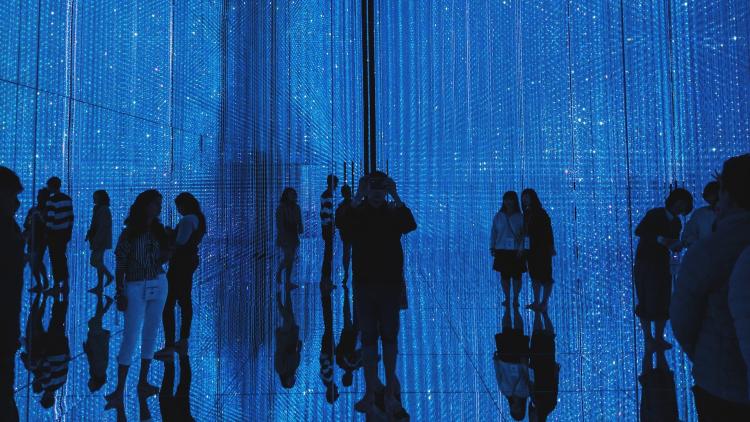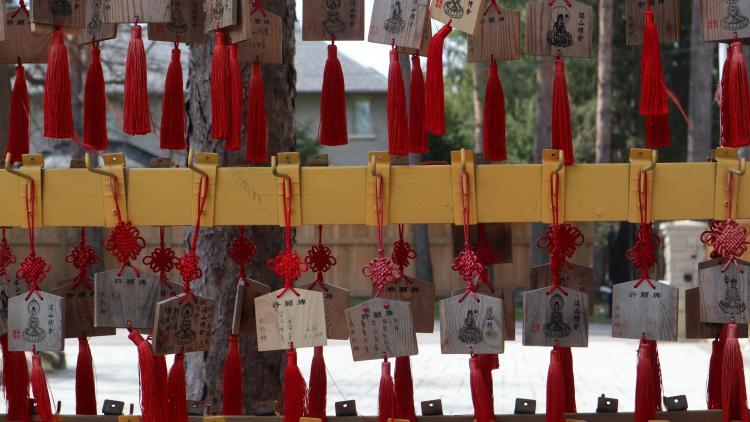Modern and Contemporary Art in East Asia

Key information
- Status
- Module not running
- Module code
- 154900150
- FHEQ Level
- 6
- Credits
- 15
- Department
- School of Arts & Department of History of Art and Archaeology
Module overview
Modern and contemporary East Asian art is diverse and rich, spanning many different kinds of artistic practices, from paintings to sculptures, textiles, video work, installations and performance-based work.
Drawing on this expansive material, this module offers students the opportunity to explore how artists negotiated their place within a rapidly society, and to examine the ways in which they forged unique world views and inspired new modes of visual expression.
More specifically, the module covers the development of East Asian art and visual culture in the 19th-21st centuries, starting with explorations of how artists’ experience of modernism were shaped by particular regional and historical contexts. We will place local productions of the arts within a wider set of questions pertinent not only to regional circumstances but to Asian contemporary culture as a whole, such as visual representations of national identity, experiences of war and expressions of cultural critique and political protest. Themes concerning modernity, globalisation and gender issues will also be covered.
In 2023/24, the main focus will be on modern and contemporary Korean art.
The module will include one or more visits to local museums and galleries.
Objectives and learning outcomes
On successful completion of this module students will be able to
- Critically analyse modern and contemporary art from China, Korea and/or Japan.
- Place the production of modern and contemporary art from China, Korea and/or Japan within the context of East Asian cultural and historical traditions.
- Recognise the reasons behind changes and continuations of local artistic traditions and understand such developments within a wider East Asian context.
- Understand the political and social contexts for the production and use of modern and contemporary works of art.
Method of assessment
- In-class quiz (worth 20% of marks)
- Essay of 1,800-2,000 words for non-finalist students, 2,000-2,500 for finalist students (worth 30%)
- 2-hour exam (worth 50%)
Suggested reading
- Kim Youngna. Tradition, Modernity and Identity: Modern and Contemporary Art in Korea. Seoul and New Jersey: Hollym, 2005.
- Korean National Commission for UNESCO (ed.). Korean anthropology: contemporary Korean culture in flux. Elizabeth, NJ : Hollym, 2003.
- Lee Hyangjin. Contemporary Korean cinema: identity, culture and politics. Manchester : Manchester University Press, 2000.
- Portal, Jane. Art under control in North Korea. London : Reaktion Books, 2005.
- Poshyananda, Apinan et al. Contemporary art in Asia: traditions, tensions: India, Indonesia, Philippines, South Korea, Thailand. New York : Asia Society Galleries, 1996.
Disclaimer
Important notice regarding changes to programmes and modules.


